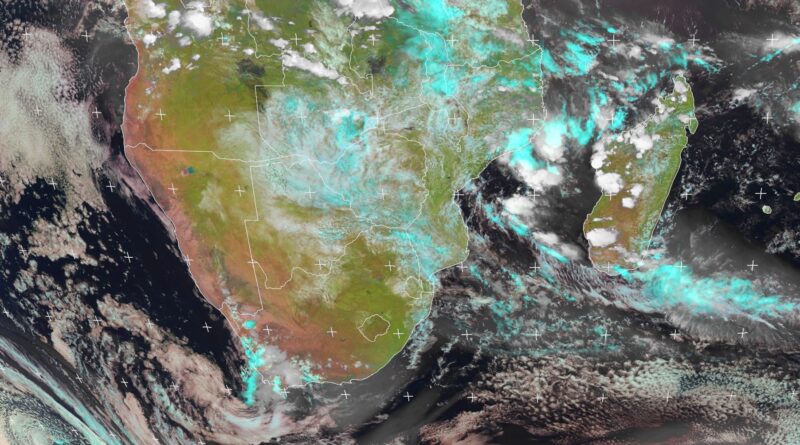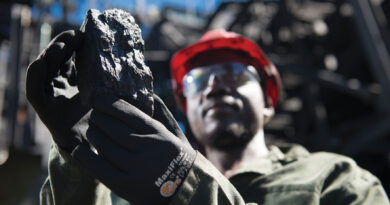South Africa’s mine production value exceeds R1 trillion for the first time
Johannesburg – South Africa’s mineral production achieved record values in 2021, exceeding R1 trillion for the first time, buoyed by strong commodity prices and giving the domestic economy a vital injection of higher taxes, wages, and increased employment.
The Minerals Council South Africa today launched Facts and Figures 2021, an annual publication that provides in-depth data and insights into the status and performance of the mining industry, and its contribution to the economy.
The performance of the mining industry after two years of disruptions caused by the Covid-19 pandemic played a critical role in stabilising South Africa’s economy, which had slowed under lockdown conditions, and it injected capital into the fiscus allowing the government to support millions of people with a basic income grant.
“The importance of mining for the South African economy cannot be understated. The Facts and Figures publication shows just how critical mining is for the country, the broader economy, the fiscus, and the labour market,” says Minerals Council CEO Roger Baxter.
“The industry increased employment during 2021, a rare occurrence for a major economic sector in the prevailing climate, more than offsetting the jobs lost in 2020, mainly because of Covid, and adding additional jobs to the economy,” he says.
The value of production was just shy of R1.2 trillion in 2021 and well above the R910 billion achieved in 2020. The boost in value was a result of improved commodity prices, which were 40% higher year-on-year in dollar terms and 20% higher in rand terms. A 12% firming of the rand against the dollar meant mining companies did not reap the full benefit of international commodity prices.
The Minerals Council remains concerned about rail and port constraints, which it estimates resulted in an opportunity cost of R35 billion for 2021 based on railed tonnages compared to Transnet’s targeted tonnages. If the capacity of the rail network for bulk commodities like iron ore, coal, and chrome is considered, the opportunity loss is R50 billion, a third of which would have flowed into the fiscus.
“While mining companies did extremely well financially there are underlying challenges which are demanding our full attention. We are working closely with Transnet to address the constraints that are preventing SA Inc from fully benefiting from high commodity prices and strong demand for our minerals,” says Baxter.
Another area of concern is that mineral production by volume has not increased significantly and that costs continue to accelerate faster than inflation. While the past few years have proved an exception, price increases have generally outpaced commodity price improvements. The price drivers have been items like electricity and fuel.
Although production has recovered by 11% from the low base in 2020, the 20-year index of mining production shows that sector production has not recovered since the 2000/2006 peak and is struggling to maintain 2015 levels.
In 2021 the mining industry:
- The direct contribution to GDP grew by 36% to R481 billion (2020: R353 billion), and the percentage contribution of mining to the economy improved to 8.7% from 7.1%.
- Employed 458,954 people (2020: 452,866).
- Paid employees R154 billion (2020: R152 billion) and contributed R27 billion (2020: R26 billion) to PAYE on behalf of employees.
- Paid corporate income tax of R78 billion (2020: R39 billion).
- Paid R15.4 billion in value added taxes (2020: R15.2 billion) and R28 billion in royalties (2020: R14 billion).
- Exported R842 billion worth of minerals (2020: R577 billion).
This publication, curated by the Minerals Council’s economics team, may be accessed at: https://www.mineralscouncil.org.za/industry-news/publications/facts-and-figures




